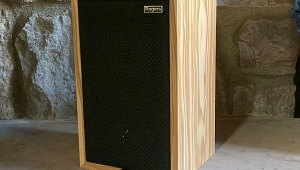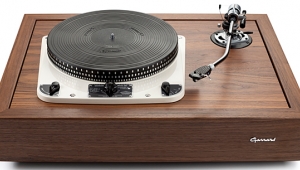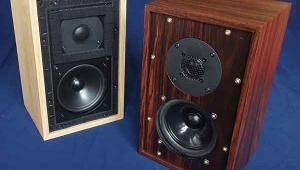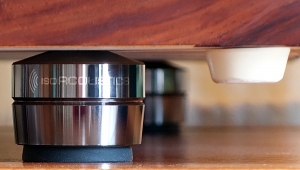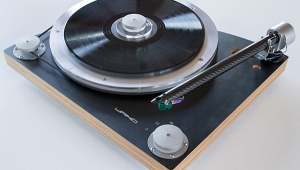| Columns Retired Columns & Blogs |
It is "audio jewelry" in a good way. The fit and finish seems impeccable.
If you get to hang onto it for a while, it begs comparison at that price with the Hana cartridges.
I think this is a potentially ripe niche in the hobby.
I also didn't know this product existed, so thank you for that, as well!
Back in the day of detachable headshells, I greatly enjoyed comparing different headshells, as well.










